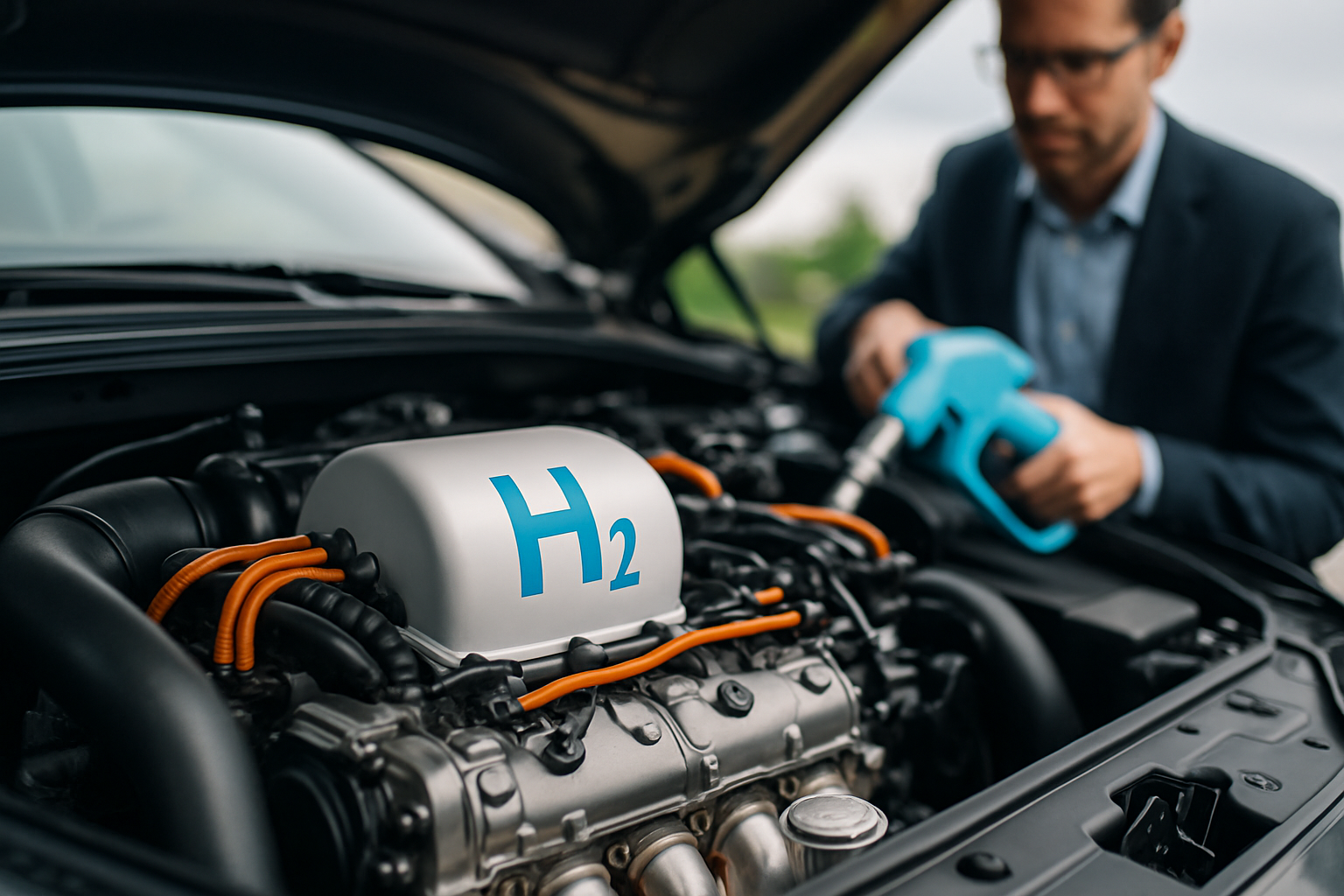How Hybrid Cars Work and Why They Are Different from Regular Cars
Hybrid cars use two types of power to move: a gasoline engine and an electric motor. This combination helps them use fuel in a clever way. Learning how hybrid cars switch between these powers and store energy in batteries can show how vehicles are changing and why people find them interesting.

Hybrid vehicles blend two distinct propulsion systems to achieve more flexible efficiency and lower emissions than conventional cars. Rather than relying solely on a gasoline or diesel engine, hybrids use a coordinated mix of engine and electric power. The result is a vehicle that can operate in multiple modes—electric-only, engine-only, or a combined mode—depending on speed, load, and battery charge. This section sets the stage for how the components interact and why that matters for everyday driving.
What are hybrid vehicles?
A hybrid vehicle pairs a traditional internal combustion engine with an electric motor and a battery pack. The simplest hybrids use the motor to assist the engine during acceleration and capture braking energy through regenerative braking to recharge the battery. More complex systems allow short-distance electric-only driving or seamless transitions between two power sources. The control systems decide which source is most efficient at any moment, so drivers experience smoother acceleration and often improved mileage without changing refueling habits.
How does electric motor technology work?
Electric motor technology in hybrids converts electrical energy into mechanical torque for propulsion. Motors can be synchronous or asynchronous types and are sized to match the hybrid’s intended performance. They deliver instant torque at low speeds, helping with initial acceleration and reducing engine load. In regenerative braking, the motor acts as a generator to convert kinetic energy back into stored electrical energy. Advances in motor design, power electronics, and compact cooling systems have made modern hybrid motors more efficient and durable while keeping packaging compatible with standard vehicle layouts.
How do hybrids improve fuel efficiency?
Fuel efficiency gains in hybrids come from several coordinated strategies. Electric assistance reduces fuel-thirsty engine operation during acceleration and low-speed driving. Start-stop features shut off the engine at idle and restart it instantly when needed. Regenerative braking recovers energy that would otherwise be lost. Also, engine downsizing combined with electric torque fill allows smaller, more efficient engines to provide the same on-road performance. Together, these systems reduce fuel consumption in city and mixed driving cycles more effectively than most conventional drivetrain optimizations.
What automotive innovations power hybrids?
Several automotive innovations enable hybrid performance: high-power batteries with improved energy density, fast-response power electronics for efficient energy transfer, advanced control software that coordinates engine and motor, and regenerative braking systems to recapture energy. Lightweight materials and better thermal management also help maximize the benefit of hybrid systems. Manufacturers continue refining battery chemistry, inverter efficiency, and software algorithms to optimize when and how power sources are used, enhancing longevity and real-world efficiency without sacrificing usability.
Are hybrid models eco-friendly cars?
Hybrid models reduce tailpipe emissions relative to comparable conventional vehicles, especially in urban and stop-and-go driving where electric assistance is used most. While not zero-emission like battery-electric vehicles, hybrids lower fuel use and CO2 output by reducing engine run-time and improving overall drivetrain efficiency. Environmental impact depends on factors such as driving patterns, electricity sources used for charging (for plug-in hybrids), and lifecycle emissions of battery production and recycling. Proper maintenance and mindful driving can help maximize environmental benefits.
Conclusion
Hybrid cars differ from regular cars primarily in their dual-source propulsion and the control systems that manage power flow. Electric motor technology provides torque where engines are less efficient, regenerative systems reclaim energy, and innovations in batteries and electronics make these interactions seamless. For drivers seeking improved fuel efficiency and reduced emissions without fully switching to electric charging infrastructure, hybrids present a practical middle ground, offering tangible gains while retaining familiar refueling routines.




